"
Trade has always been a big part of Diablo 2 though, do you disagree with this? And I don't mean just trading for items but also carry runs, exp runs and so on. SSF-focused ARPGs are the Grim Dawn type - the ones which have no leagues and no always-online part. Make the difference.
I have a strong suspicion that trade wasn't as big a part of Diablo 2 as trade enjoyers think. Again, data is sparse, so there's quite a lot of guesswork involved, but it's entirely possible that the perception that things like trade and multiplayer and PvP were key to the D2 experience was more of an echo chamber effect than anything else. People who trade tend to interact with other people who trade a lot, and if everyone you're interacting with in-game is doing a thing it can be easy to come away with the impression that everybody who's playing the game is also doing that thing.
Stay with me here, because the chain of reasoning goes from PoE to D2 and back.
GGG has pulled player activity data once before that I know of, just after the Forsaken Masters league flopped hard, and what they discovered was that 96% of people playing PoE at that point were not doing anything involving another player, ever. They weren't sending or accepting party invites, and they weren't joining guilds, either. And if you think about how trade works in PoE1, that essentially means that they couldn't be trading, either, since all trade was player-to-player and there was no way to connect with another player in game unless you were partied up.
Back to Diablo 2 now, the last time we got player data out of the classic Battle Net D2 servers, D2 was averaging 19K concurrent players running 18K concurrent games on any given day... and if every game needs at least 1 player in it, that works out to 90% of players doing only solo PvE activities, very close to Forsaken Masters eta PoE's numbers. And that's on Battle Net, in a game which can be played offline, and in which all trade was player-to-player. PoE's trading system was modeled on D2's.
To me, that just looks like a genre which is overwhelmingly solo and PvE, with a very simple game play loop in trading isn't actually required at all.
And I don't it's just D2 and PoE. The makers of Last Epoch weren't going to allow trading at all, originally, and I think is why. They only changed their minds because trade enjoyers, being very social people, are also very vocal people. They're not the majority, but they're a vocal enough minority that they get disproportionately catered to.
This is why I crave data above all else: because I really want to know how player activity breaks down in PoE2 specifically.











